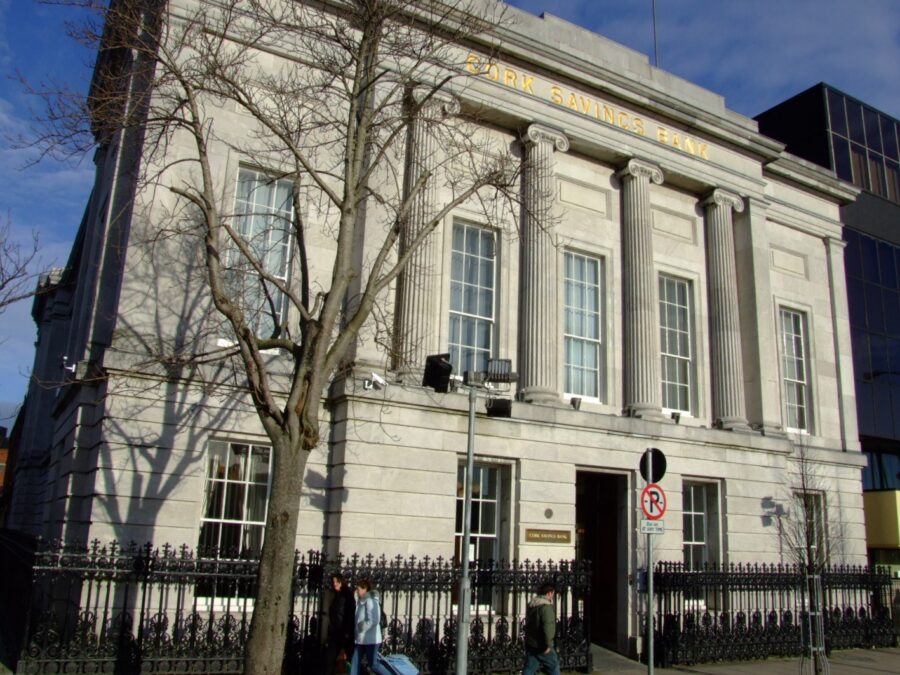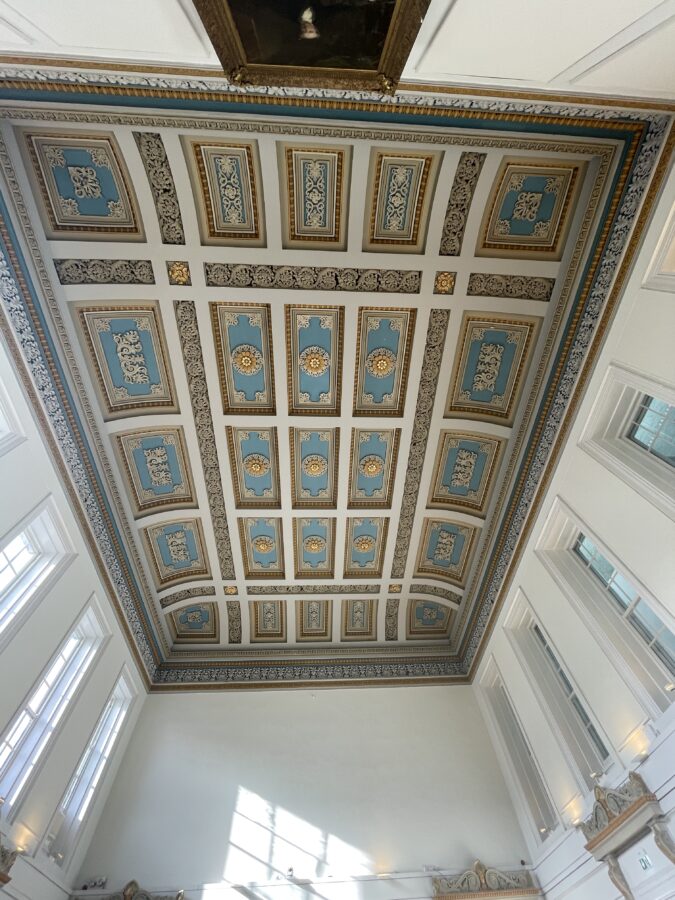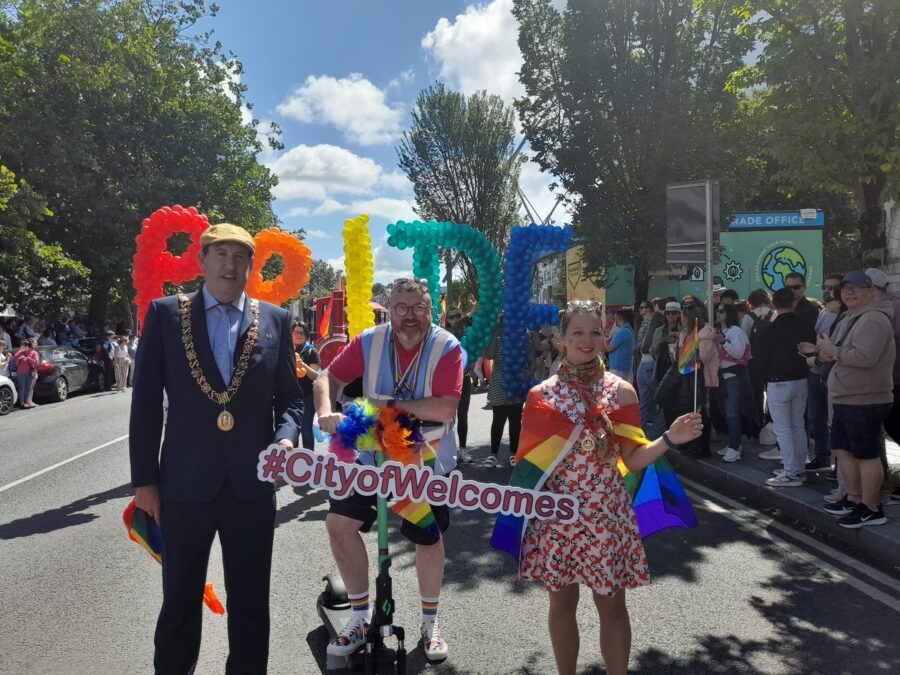This week coming is National Heritage Week and it celebrates Ireland’s cultural, built and natural heritage. This week’s theme is Living Heritage and the week brings together volunteers, community groups and heritage enthusiasts to share their experience, knowledge culture and practices.
The tours I have chosen for National Heritage Week this year are all important areas in Cork city’s development plus they all have a unique sense of place and identity. I will host seven tours. There is no booking involved and all are free. My tours are the tip of the iceberg, so to spea,k on the array of events on this week in Cork City. Check out National Heritage Week.ie for more information on talks and walks on the City and its region.
Sunday 13 August 2023, Cork Through the Ages, An Introduction to the Historical Development of Cork City; meet at the National Monument, Grand Parade, 6.30pm (free, two hours, no booking required).
Cork City possesses a unique character derived from a combination of its plan, topography, built fabric and its location on the lowest crossing point of the River Lee as it meets the tidal estuary and the second largest natural harbour in the world. This tour explores the city’s earliest historical phases. In particular there is a focus on the walled town of Cork, which would have dominated the swampy estuary of the River Lee. Imagine an eight to ten-metre high and two-metre-wide rubble wall of limestone and sandstone, creeking drawbridges, mud filled main streets and laneways, as well as timber and stone built dwellings complete with falling roof straw and a smokey atmosphere from lit house fires keeping out the damp.
Monday 14 August 2023, Shandon Historical Walking Tour; explore Cork’s most historic quarter; meet at North Main Street/ Adelaide Street Square, opp Cork Volunteer Centre, 6.30pm (free, duration: two hours, no booking required).
Tradition is one way to sum up the uniqueness of Shandon Street. Despite being a physical street, one can stroll down (or clamber up), the thoroughfare holds a special place in the hearts of many Corkonians. The legacy of by-gone days is rich. The street was established by the Anglo-Normans as a thoroughfare to give access to North Gate Drawbridge and was originally known as Mallow Lane. Different architectural styles reflect not only the street’s long history but also Cork’s past.
The name Shandon comes from the Irish word ‘Sean Dún’, which means old fort and it said to mark the ringfort of the Irish family, MacCárthaigh who lived in the area circa 1,000 A.D. The site of this fort is now marked by the Firkin Crane, Dance Cork centre. Nearby St Anne’s Shandon was built in 1722 to replace the older and local church of St. Mary’s, Shandon, which was destroyed in the siege of Cork in 1690 by English forces. In 1750 the firm of Abel Rudhall in Gloucester cast the famous bells of Shandon. On 7 December 1752, the bells were first used and were rung in celebration and recognition of the marriage of a certain Mr Henry Harding to Miss Catherine Dorman. Inscriptions can be found on the bells, which contain messages of joy and death.
Tuesday 15 August 2023, The City Workhouse and St Finbarr’s Hospital; meet just inside the gates of St Finbarr’s Hospital, Douglas Road, 6.30pm (free, two hours, no booking required).
The Cork workhouse, which opened in December 1841, was an isolated place – built beyond the toll house and toll gates, which gave entry to the city and which stood just below the end of the wall of St. Finbarr’s Hospital in the vicinity of the junction of the Douglas and Ballinlough Roads. The Douglas Road workhouse was also one of the first of over 130 workhouses to be designed by the Poor Law Commissioners’ architect George Wilkinson.
Wednesday 16 August 2023, Cork South Docklands, in association with the Cork Jewish Community and Heritage Team; meet at Kennedy Park, Victoria Road, 6.30pm (free, duration: two hours, no booking required).
Much of the story of Cork’s modern development is represented in Cork South Docklands. The history of the port, transport, technology, modern architecture, agriculture, sport, the urban edge with the river – all provide an exciting cultural debate in teasing out how Cork as a place came into being.
Friday 18 August 2023, The Northern Ridge – St Patrick’s Hill to MacCurtain Street; Historical walking tour; Discover the area around St Patrick’s Hill -Old Youghal Road to McCurtain Street; meet on the Green at Audley Place, top of St Patrick’s Hill, 6.30pm (free, duration: two hours, no booking required).
This is a tour that brings the participant from the top of St Patrick’s Hill to the eastern end of McCurtain Street through Wellington Road. The tour will speak about the development of the Collins Barracks ridge and its hidden and interesting architectural heritage.
Saturday 19 August 2023, Douglas and its History, in association with Douglas Tidy Towns; Discover the history of industry and the development of this historic village, meet in the carpark of Douglas Community Centre, 2pm (free, duration: two hours, no booking required, circuit of village, finishes nearby).
The story of Douglas and its environs is in essence a story of experimentation, of industry and of people and social improvement. The story of one of Ireland largest sailcloth factories is a worthwhile topic to explore in terms of its aspiration in its day in the eighteenth century. That coupled with the creation of forty or so seats or mansions and demesnes made it a place where the city’s merchants made their home in. Douglas makes also makes for an interesting place to study as many historical legacies linger in village’s surrounding landscapes.
Sunday 20 August 2023, Views from a Park – The Black Ash and Tramore Valley Park, historical walking tour; meet at Halfmoon Lane gate, 2pm (free, duration: 90 minutes, no booking required).
Historically William Petty’s 1655 map of the city and its environs marks the site of Tramore Valley Park as Spittal Lands, a reference to the original local environment and the backing up of the Trabeg and Tramore tributary rivers as they enter the Douglas River channel. We are lucky that there are also really interesting perspectives on the area recorded through the ages.
Come and take a walk with me this week!




